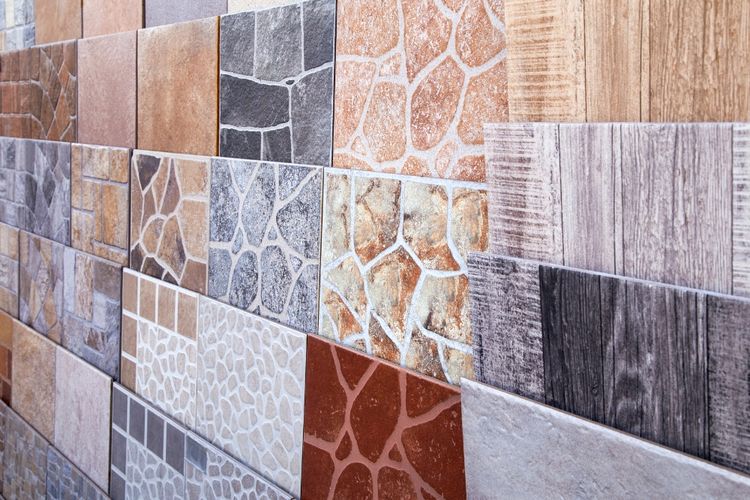Bathroom Tiles: From Functional to Fabulous
The humble bathroom tile has come a long way from its purely practical origins. Once merely a means of waterproofing walls and floors, today's bathroom tiles are a cornerstone of interior design, offering endless possibilities for personal expression and style. From classic subway tiles to intricate mosaics, the world of bathroom tiling has expanded to encompass a vast array of materials, patterns, and textures. This shift reflects broader changes in how we view our bathrooms – no longer just utilitarian spaces, but personal sanctuaries where form and function coexist in harmony. As homeowners and designers alike seek to create unique, inviting bathroom environments, the role of tiles has become increasingly central to achieving these goals.

In the Victorian era, the rise of mass production made tiles more accessible to the middle class. This period saw the popularization of encaustic tiles, featuring bold patterns and colors. The early 20th century brought the iconic subway tile, originally designed for New York City’s underground stations but quickly adopted for residential use due to its clean, hygienic appearance.
Modern Materials and Manufacturing Techniques
Today’s bathroom tiles benefit from advanced manufacturing techniques that have expanded the range of available options. While traditional ceramic and porcelain tiles remain popular, new materials have entered the market:
-
Glass tiles: Offering a sleek, modern look and available in vibrant colors
-
Natural stone: Including marble, granite, and slate for a luxurious feel
-
Metal tiles: Providing an industrial or avant-garde aesthetic
-
Recycled materials: Eco-friendly options made from repurposed glass or plastic
Digital printing technology has revolutionized tile design, allowing for photorealistic images to be printed onto tile surfaces. This innovation has opened up new possibilities for creating unique, custom designs that can transform a bathroom into a work of art.
Current Trends in Bathroom Tile Design
Several key trends are shaping the world of bathroom tiles:
-
Large-format tiles: Oversized tiles create a seamless look and can make small bathrooms appear larger
-
Textured surfaces: 3D tiles add depth and visual interest to walls
-
Mixed materials: Combining different tile types (e.g., ceramic and glass) for a curated look
-
Geometric patterns: Bold, graphic designs that make a statement
-
Natural looks: Tiles that mimic wood, stone, or concrete for an organic feel
These trends reflect a broader move towards personalization in bathroom design. Homeowners are increasingly viewing their bathrooms as an extension of their living spaces, worthy of the same design attention as other rooms in the house.
The Impact of Sustainable and Eco-Friendly Tiles
As environmental concerns become more pressing, the tile industry has responded with sustainable options. These include tiles made from recycled materials, as well as those produced using energy-efficient methods. Some manufacturers are even experimenting with tiles that can purify the air or conserve water through innovative surface treatments.
Eco-friendly tiles not only appeal to environmentally conscious consumers but often offer practical benefits as well. For example, tiles made from recycled glass can be more durable and stain-resistant than traditional ceramic options. As sustainability becomes a key consideration in home design, we can expect to see continued innovation in this area.
The Role of Technology in Tile Selection and Installation
Technology is transforming how consumers choose and install bathroom tiles. Augmented reality (AR) apps allow homeowners to visualize different tile options in their own spaces before making a purchase. This technology reduces the risk of costly mistakes and helps users make more confident design decisions.
On the installation front, new tools and techniques are making the process easier and more precise. Laser levels ensure perfectly straight lines, while specialized tile cutters allow for intricate designs. For DIY enthusiasts, there are even peel-and-stick tile options that offer a temporary and easily reversible way to update a bathroom’s look.
Challenges and Considerations in Bathroom Tile Selection
While the wide array of tile options offers exciting possibilities, it can also present challenges for homeowners and designers. Key considerations include:
-
Durability: Ensuring tiles can withstand moisture and frequent cleaning
-
Slip resistance: Particularly important for floor tiles in wet areas
-
Maintenance: Some tiles require more upkeep than others
-
Cost: Balancing budget constraints with desired aesthetics
-
Longevity: Choosing a design that will stand the test of time
Navigating these factors requires careful planning and often the guidance of a professional. As bathroom tiles become more integral to overall design schemes, their selection has become a crucial part of the renovation process.
The Future of Bathroom Tiles
Looking ahead, the world of bathroom tiles is poised for further innovation. We can anticipate developments such as:
-
Smart tiles: Incorporating technology for heated surfaces or built-in lighting
-
Antimicrobial properties: Tiles that actively resist bacteria and mold growth
-
Customization: More options for personalized designs and patterns
-
Sustainability: Continued focus on eco-friendly materials and production methods
As our bathrooms continue to evolve from purely functional spaces to personalized retreats, tiles will play an increasingly important role in shaping these environments. The future promises exciting possibilities for creating bathrooms that are not only beautiful but also smarter, more sustainable, and perfectly tailored to individual needs and preferences.






